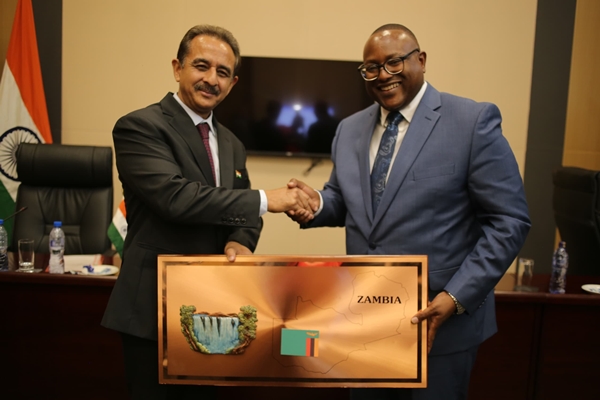Repo rate remains unchanged
In the first monetary policy committee (MPC) meeting of the financial year 2024-25, the Reserve Bank of India (RBI) has kept the repo rate unchanged at 6.5%. It has also projected that the India’s real GDP growth rate for FY25 will remain at 7%, and CPI inflation at 4.5%.
About Monetary Policy
- Monetary policy refers to the policy decision taken by the central bank while using various monetary instruments under its control in order to attain the objectives of the Act. Primarily, the RBI aims to control money flow in the market to curb inflation and promote economic growth.
- Considering the significance of price stability, the Government of India, in collaboration with the apex bank, tries to control inflation. The amended RBI Act of 1934 sets the inflation target (4%+-2%) and states that the government, in consultation with the RBI, will set the inflation target once every five years.
About the Monetary Policy Committee (MPC)
- The amended RBI Act of 1934 includes provisions for a statutory and institutionalised framework for an MPC.
- It empowers the central government to set up a six-member MPC. The RBI Governor serves as the ex-officio Chairperson of the MPC. Other members include RBI Deputy Governor in charge of monetary policy, one official chosen by the RBI Board, and the remaining three members are nominated by the Government of India.
- The committee reviews the economic conditions and decides the key policy rates. The decisions are taken on the basis of majority votes, with each member having one vote.
Some of the key rates
- Repo Rate- It is the rate at which commercial banks borrow money from the RBI for the short term in case of a shortage of funds while depositing their government and other approved securities as collateral. This enhances banks’ financial capabilities and allows them to serve more consumers. It is the most powerful tool used by the RBI to control inflation.
- Reverse Repo Rate- It is the rate at which the commercial banks deposit their surplus funds with the RBI and receive interest. It is an instrument of the RBI to absorb excess money from the market.
- Bank Rate- It is the interest rate at which the RBI provides loans to a commercial bank for the long term.
- Marginal Standing Facility (MSF)- This is the rate at which a bank can borrow money from the RBI in an emergency, particularly at a time when interbank liquidity is not available. Through this instrument, banks can borrow only up to 1% of their NDTL.











